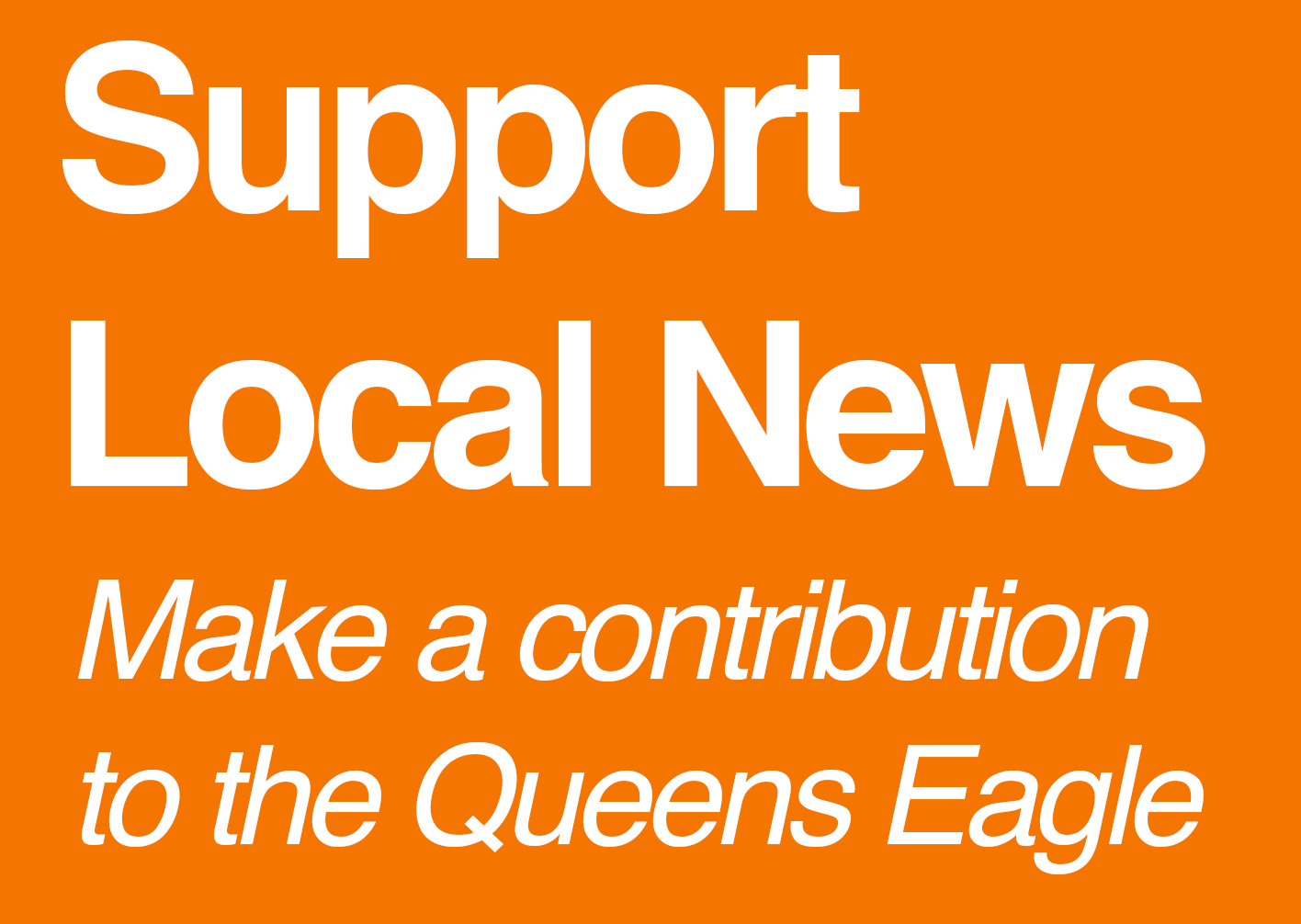Congestion pricing brings fewer cars and more subway riders, data shows
/Less cars are on the streets, and more people are in the subways after the first week of congestion pricing. Eagle photo by Jamie Poole
By Ryan Schwach
Thousands of people got out of their cars and into subway trains and buses during the first week of congestion pricing, new data shows.
According to MTA data from the first five days of the congestion toll, the controversial program appears to be going as planned.
Traffic to and inside the congestion zone is down, and more New Yorkers are using the train, the data shows.
From Jan. 5, the first day of congestion pricing, through to Jan. 9, the amount of cars entering the congestion zone was down 7.5 percent when compared to the same week last year, and subway ridership was up a full 24 percent.
“The early data backs up what New Yorkers have been telling us all week – traffic is down, the streets feel safer, and buses are moving faster,” said MTA Chair and CEO Janno Lieber in a statement.
While commuting frequency and ridership is often day to day, with weekends and weekdays showing very different results, the trends are seemingly evident when comparing similar days with similar commutes.
On Tuesday, Jan. 9, 2024, 3.3 million people rode the train. On Tuesday, Jan. 7, 2025, the third day of congestion pricing, 3.7 million people rode the train.
While the data seems to show more people on trains and less in cars, the MTA is hesitant to say that drivers have begun to opt for trains.
“Although the Congestion Relief Zone program is likely incentivizing some drivers to switch to transit, the trend is difficult to detect because the MTA system is so large and already carries the vast majority of those who travel to Manhattan,” the MTA said in a press release regarding the new numbers.
According to the MTA, those who are commuting by car, are commuting faster.
Travel times into the congestion zone on all Hudson River and East River Crossings saw a 39 percent reduction in travel time compared to the same day last year.
“Positive change wasn’t guaranteed, and it’s exciting to hear commuters – including drivers – talking about how much time they are saving since the program kicked off a week ago,” Lieber said.
For drivers coming from Queens’ crossings, the Queens Midtown Tunnel and the Queensboro Bridge, travel times are down 35 percent and 43 percent respectively.
Overall, the MTA’s numbers show at least 43,000 fewer drivers heading into the city.
The agency said that the greatest improvements were seen during morning commute times, and that traffic has decreased within the congestion zone, particularly during the busy afternoon peak.
“When a car is able to travel faster over a bridge or through a tunnel, that motorist saves a few minutes, but when a bus is able to do the same, 50 people benefit from those time savings,” said NYC Transit President Demetrius Crichlow. “We hope to see a continuing trend of better bus speeds, which will only make the transit network stronger, and complement the best subway on-time performance in over a decade and increased service frequencies across 12 subway lines.”
Traffic is down on the Queens crossings into Manhattan, including the Queensboro Bridge, according to MTA data. Eagle file photo by Ryan Schwach
Congestion pricing also seems to be working on buses and express buses early on, with bus frequency up, and ridership up on express bus routes including the Queens routes, the QM16 and QM17, also increasing.
“Bus ridership has seen the strongest comeback since the pandemic and now we’re seeing slight ridership increases on express bus routes which goes to show how integral buses are to New York’s transit system,” said NYC Transit Senior Vice President of Buses Frank Annicaro. “Less cars on the road improves bus service reliability for the hundreds of thousands of riders that rely on bus service every day.”
The pushback to congestion pricing was fierce leading up to its implementation on Jan. 5, and while some seem happy with their quicker commute times, some others are still skeptical.
Some worry that the numbers are not so much pointing to less traffic as they are pointing to no traffic at all, meaning less people heading into Manhattan to go to restaurants, museums and parks.
“MTA reports significant traffic declines in the first week of congestion pricing but doesn't talk about the ghost town that used to be Manhattan,” Queens Civic Congress President Warren Schreiber said in a social media post.
Further studies on congestion pricing’s effect, including its potential impact on businesses and cultural institutions within the congestion zone, are expected to be released in the coming weeks and months.





